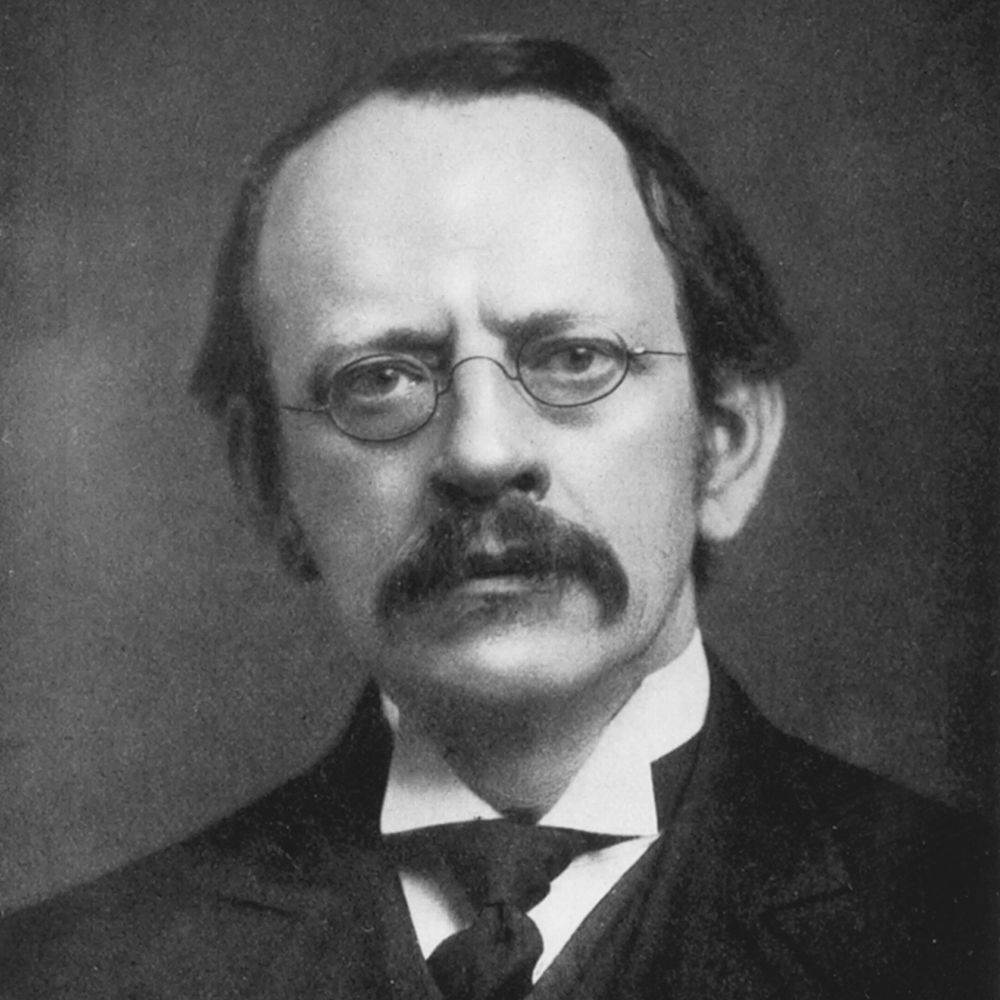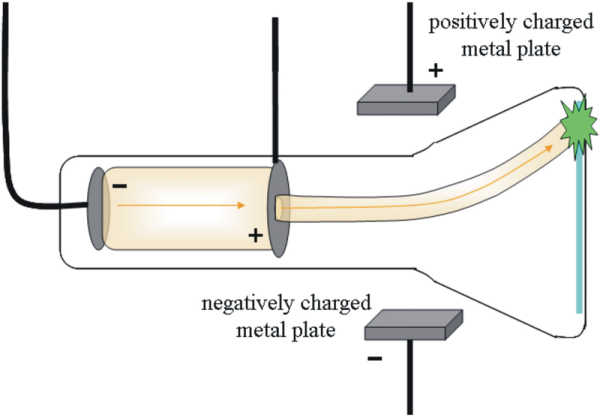
Joseph John Thomson was an English physicist and Nobel laureate in physics, credited with the discovery of the electron and the invention of the mass spectrometer. He was awarded the 1906 Nobel Prize in Physics for his work on the conduction of electricity in gases.
Thomson’s model of the atom, proposed in 1897, proposed that the atom was made up of a positively charged sphere of uniform density filled with negatively charged electrons. This model explained the properties of the atom, such as its electrical neutrality, and was useful in explaining the behavior of electrical current flow. This was later known as the “plum pudding” model of the atom.
Thomson’s experiments used a cathode ray tube, in which a beam of electrons was produced by a voltage applied across two metal electrodes in a vacuum. He observed the deflection of the beam in a magnetic field, which suggested that the particles were negatively charged and provided evidence for the existence of electrons. He also showed that the particles were much lighter than the hydrogen atom, and that their ratio of charge to mass was the same for all particles in the beam. This provided the first evidence for the existence of the electron and a way to measure its charge-to-mass ratio.

